The Article
Harmonic Resolution Systems: lowering Hi-Fi noise, increasing Hi-Fi music
13th December 2016
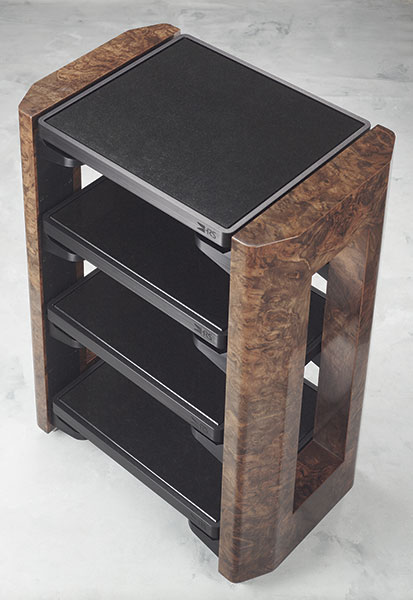
Always eager to lower the noise floor in order to hear more music, Paul Rigby reviews a range of products from Harmonic Resolution Systems and secures a rare interview with the company
“One of the key elements in producing a superb audio system is to have a very low noise floor. Everything that happens to reproduce a musical performance is counting on this fact. How much information is retrieved, amplified and delivered into the room is in a significant way dependent on a very low noise level at every location in the audio system.”
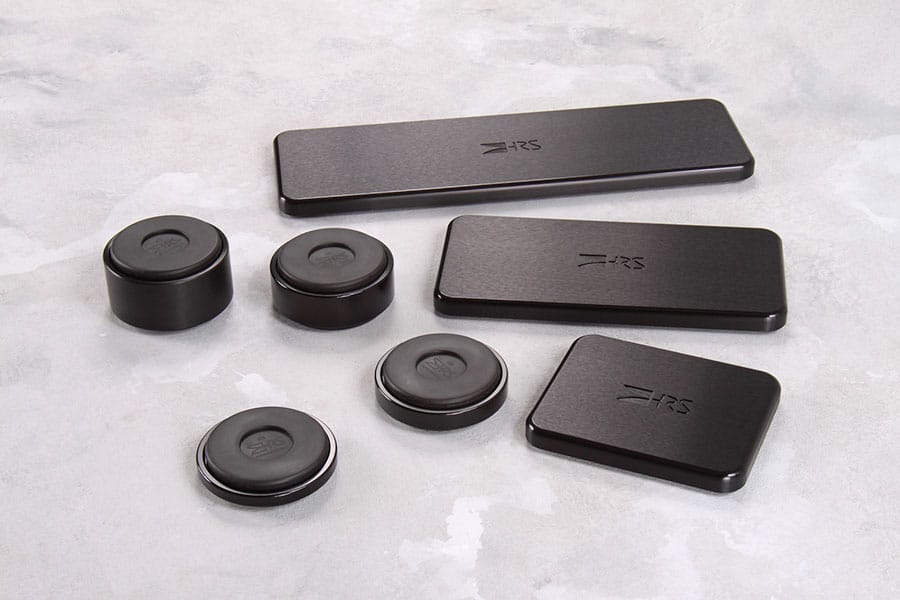
So says Harmonic Resolution Systems (HRS) which offers a wide range of noise reduction support products that look to do just that. The array of items from HRS target a complete system approach to preserve the information, timing, decay structure and spatial information of your music and range from items that sit underneath your CD chassis, others that sit on top of your amp, platforms and shelving, others that look like a turntable clamp and so on.
Instead of explaining more, I thought that I’d let HRS do that job.
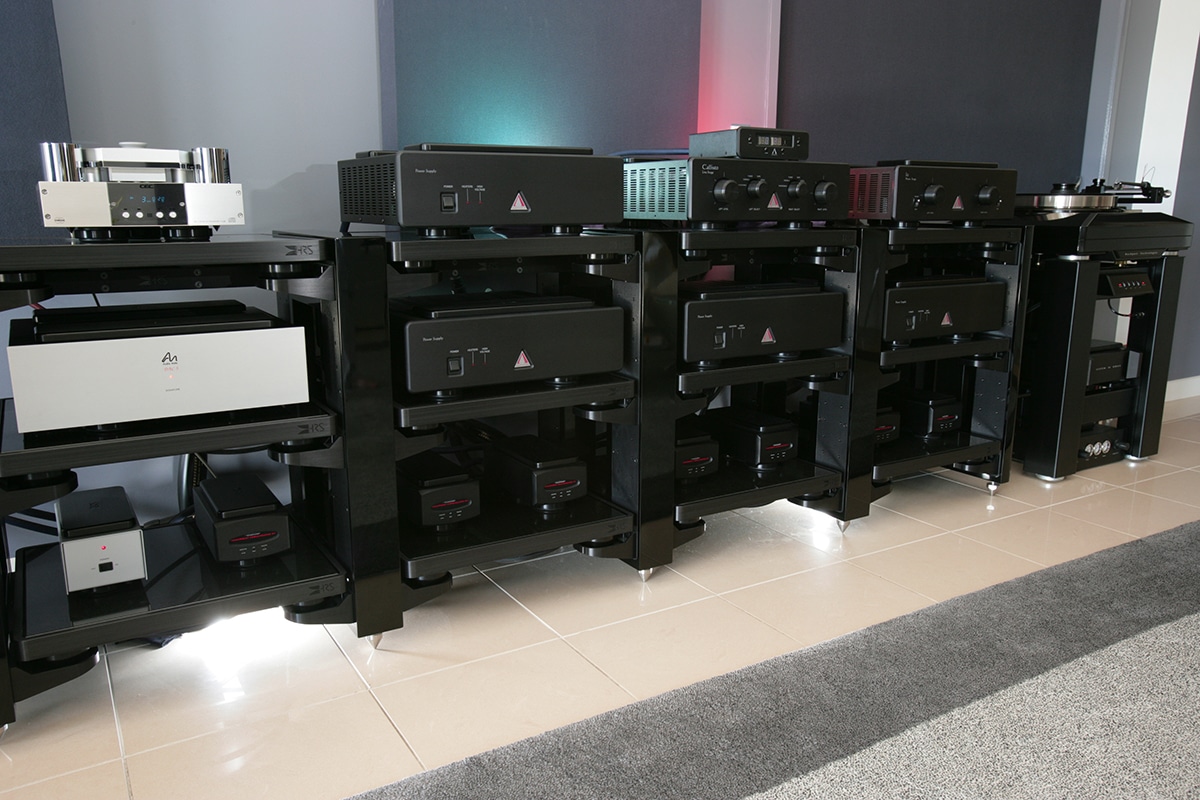
I was fortunate to catch HRS during a recent rare visit to the UK. So, instead of giving you a compressed and overly brief overview of the technology and its products, I was able to grill the president/chief engineer of the company, Mike Latvis, at some length.
The interview itself briefly examines the history of the company, looks at what noise is, where it comes from and why, why you should be bothered to look for it and treat it, what sort of noise emanates from or affects different audio products, the solutions that HRS offers, the company’s philosophy, how customers can best take advantage of the products and what we can expect to see from HRS in the future.

Before you listen, please be aware that this interview took place in a hotel foyer. We tried to find a quiet corner but the clattering seemed to follow us no-matter where we hid. Hence, forgive the clattering cups and people talking in the background. Seems that we stumbled across a possible new area of investigation for HRS, applying low noise principles to a hotel foyer…
To hear the interview, click below:
Audio PlayerSOUND QUALITY
Armed with a variety of products from HRS, I decided to utilise the units in different areas of my system to see what effect, if any, they had on my hi-fi.
To begin, I took the ADL which looks like a turntable clamp or a weight that, in this case, is placed loosely over the turntable spindle. The ADL features a proprietary polymer compound to absorb the vibrational energy generated by the stylus and structure-borne energy that is transmitted through the chassis and from the platter bearing.
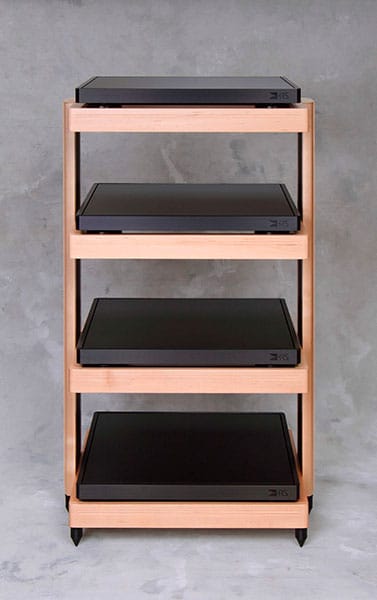
I began the sound tests with female vocal-fronted jazz and Patti Page’s No Moon At All, placing the ADL on top of my Origin Live Sovereign turntable which, up until now, has positively hated any clamps/weights. Not the HRS, it seems and I can see why. The ADL doesn’t rely on pressure or sheer weight to do it’s work. The HRS is all about noise absorption and it showed. Before the HRS touched the deck, the xylophone was hit so hard and was so forward within the mix that it positively barked within the upper midrange. Each xylophone strike was a pointy finger in the ear. Adding the ADL focused the performance from this secondary percussive instrument, adding detail and a sense of clarity. The Page vocal delivery previously was also slightly out of control during crescendos. The ADL added precision and focus which, in turn, increased space and air, allowing more detail to be accessed while Page seemed to calm and relax into her performance, enhancing her emotive response.
I then moved to a high energy Steven ‘Porcupine Tree’ Wilson title track from The Raven That Refused to Sing And Other Stories. The effect was even more accentuated. Vocals were tight, clear and focused, the soundstage enhanced and increased it’s third dimension, the blooming lead guitar was now controlled, the reduced noise emphasised cymbal strikes while bass was tightened up and, in some cases, actually emerged from hiding.
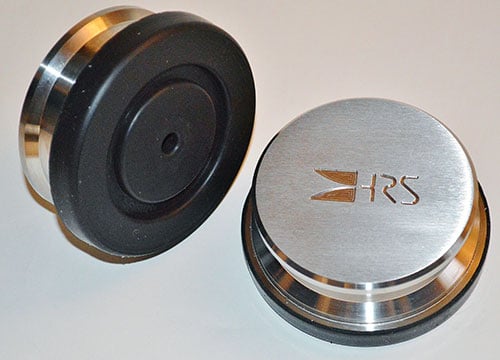
So, a good start. The ADL and ADH are meant for all types of turntables but in the main they are more effective with non-suspended designs. The ADL is more suitable for use with sprung designs than the ADH because the extra weight of the latter may move the springs more that would be recommended. The ADH has been designed using the same polymer but surrounded by a heavy stainless steel compound. Playing the Page track with this configuration, the music exhibited a much more confident bass which was darker and stronger with a deeper range with a greater mass. More than that, the midrange seemed to now own a momentum, a great presence so that, when saxophones appeared, they played with a swagger and a swing. More than that, the background had a darker aspect that added a poise and bearing to it. The music had a sense of gravitas and self-assurance.
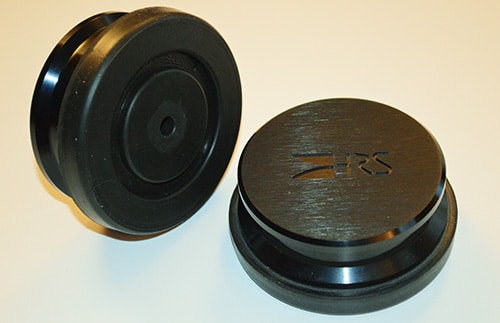
I then picked up a range of isolation feet (the smaller NA-100 and the larger NA-150) and three varying sized slabs, known as Damping Plates (DPII), that are placed on top of the chassis. I mixed and matched these units under and over different components. I tried my pre-amp and monoblock power amplifiers as well as the power supply on my turntable. All of the units made a difference but the improvements ranged from small and subtle to good but not enough to make me want to purchase them.
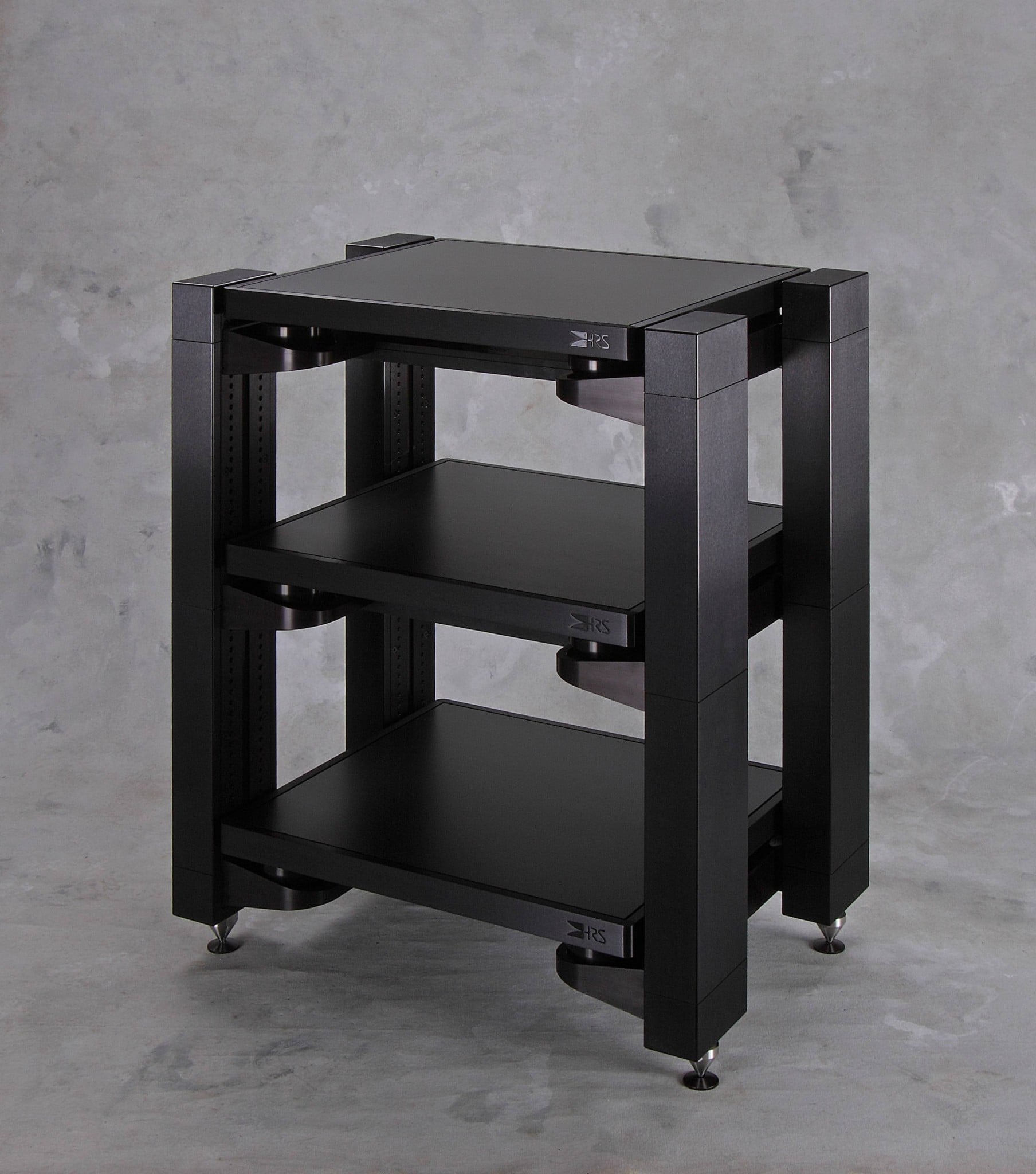
Next, I turned to my valve-based phono amplifier, which is a two box affair with a separate power supply. Under the power supply section, I placed two Nimbus NA-100 units (the larger, NA-150 units would not have fitted because of an overhang covering the powers supply) and, under the pre-amp section, I placed two larger and thicker NA-150 units.
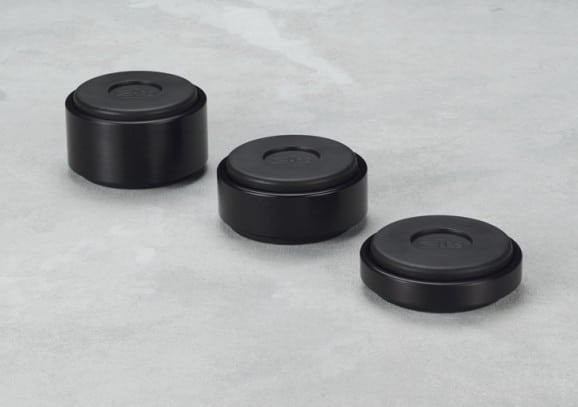
Playing Hernando’s Hideaway from Ella Fitzgerald’s Sings Broadway, I was very impressed by the immense focus that suddenly appeared with all four HRS Nimbus units in place. The entire soundstage appeared to have been slouching before. Now? Everything seemed alert and to be paying attention. All parts of the soundstage was nimble, on the ball and ready to roll. That’s how the sound quality seemed to be, in general terms. Specifically, saxophones offered an extra textural feel to the detail, cymbal work had a new crisp nature, castanets emerged with extra precision while the entire orchestra bathed in a impressive emphasis. Brass, meanwhile, was tonally correct but it also exuded a midrange insight that swung like crazy. The essence of all of this was a successful reduction in background noise that removed a veil from the entire arrangement and gave the music movement and energy.
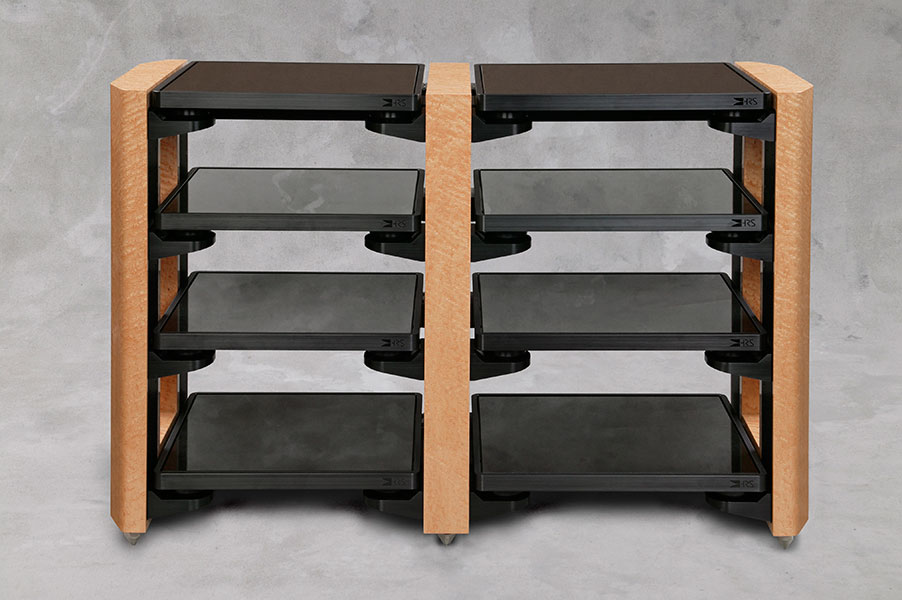
I then turned to my CD player and placed a pair of thick NA-150s under the chassis and turned to the high energy track, Let’s Groove from Earth, Wind & Fire. With the NA units in place, the reduction of inherent noise was noticeable in terms of reducing bright and strident elements during vocal crescendos as well as the brass backing and synthetic hand claps. All of these elements were now more focused and tonally more interesting. As the noise reduced, many subtle sound effects also began to pop out from the rear of the mix, giving the soundstage a much more interesting and rich presentation.
Adding two square damping plated to the top of the CD player provided the more startling sonic improvement for this particular product heard thus far. In place, the damping plates provided an immense tightening of lower frequencies, giving the track powerful bass with punchy impact. Further lowering of noise aided the vocal delivery and the famed EW&F brass section which now emerged from a darker background. The former offered a greater emotional delivery because it now exhibited more inflections and nuances while the latter had an enhanced focus and precision.
CONCLUSION
All of these product are, in effect, multiple parts of a single toolkit that I would encourage you to play with to find out how best to reduce noise and increase sound quality on your own particular hi-fi chain. Some parts will work better on some components and less so on others while the right combination will provide startling improvements. Think of it as an organic process. Every system will react differently. The end product is most certainly worth it: removal of any noise from your hi-fi chain is always worth it. However you decide to mix and match the HRS system components, they will prove to be an essential collection to remove noise from your hi-fi. And less noise, of course, means more music.
HARMONIC RESOLUTION SYSTEMS NOISE REDUCTION COMPONENTS
Price: from £125
Tel: 0118 981 9891
Web: www.audioconsultants.co.uk or avisolation.com
GOOD: low noise, enhanced detail, tight bass, flexibility, component choice
BAD: nothing
RATING: 8
REFERENCE SYSTEM USED
Origin Live Sovereign turntable
Origin Live Enterprise 12” arm
Transfiguration Proteus cartridge
Leema Essentials CD player
Icon Audio PS3 phonostage
Icon Audio MB845 Mk.II mono block power amplifiers
Aesthetix Calypso pre-amp
Vertex AQ & Atlas cabling

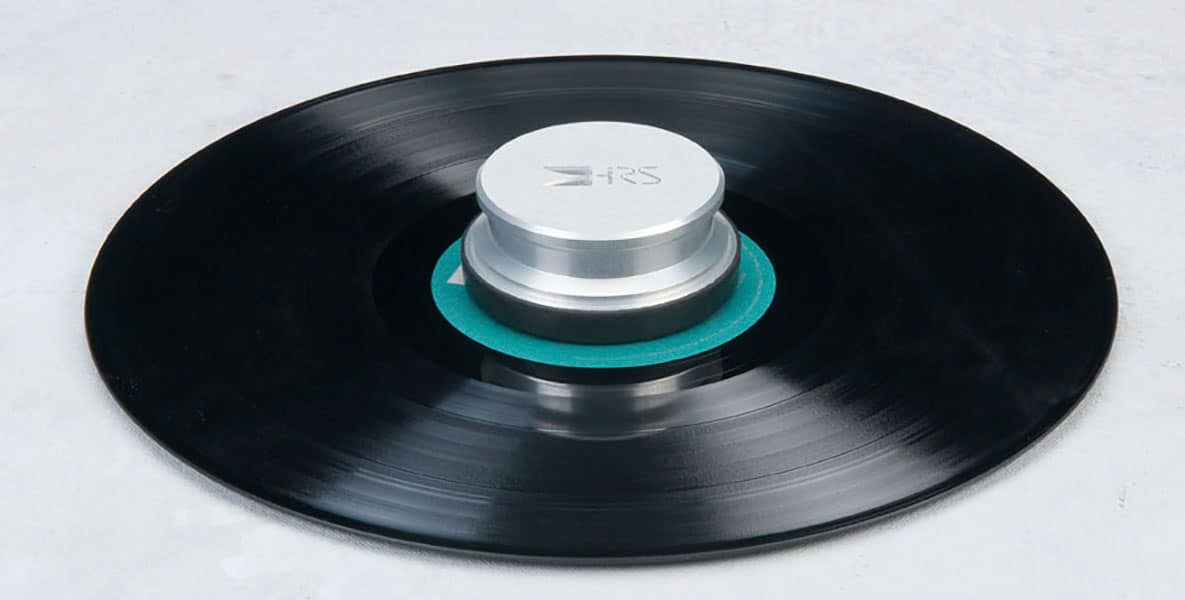

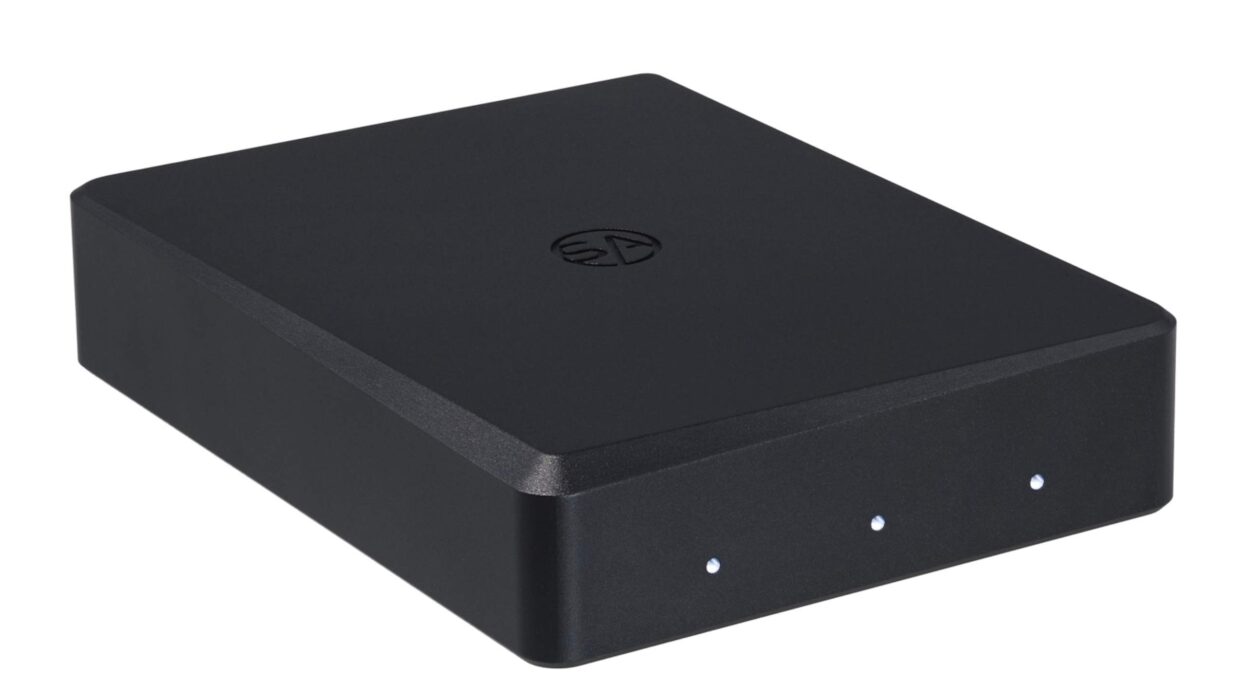

[…] Harmonic Resolution Systems Noise Reduction Components […]